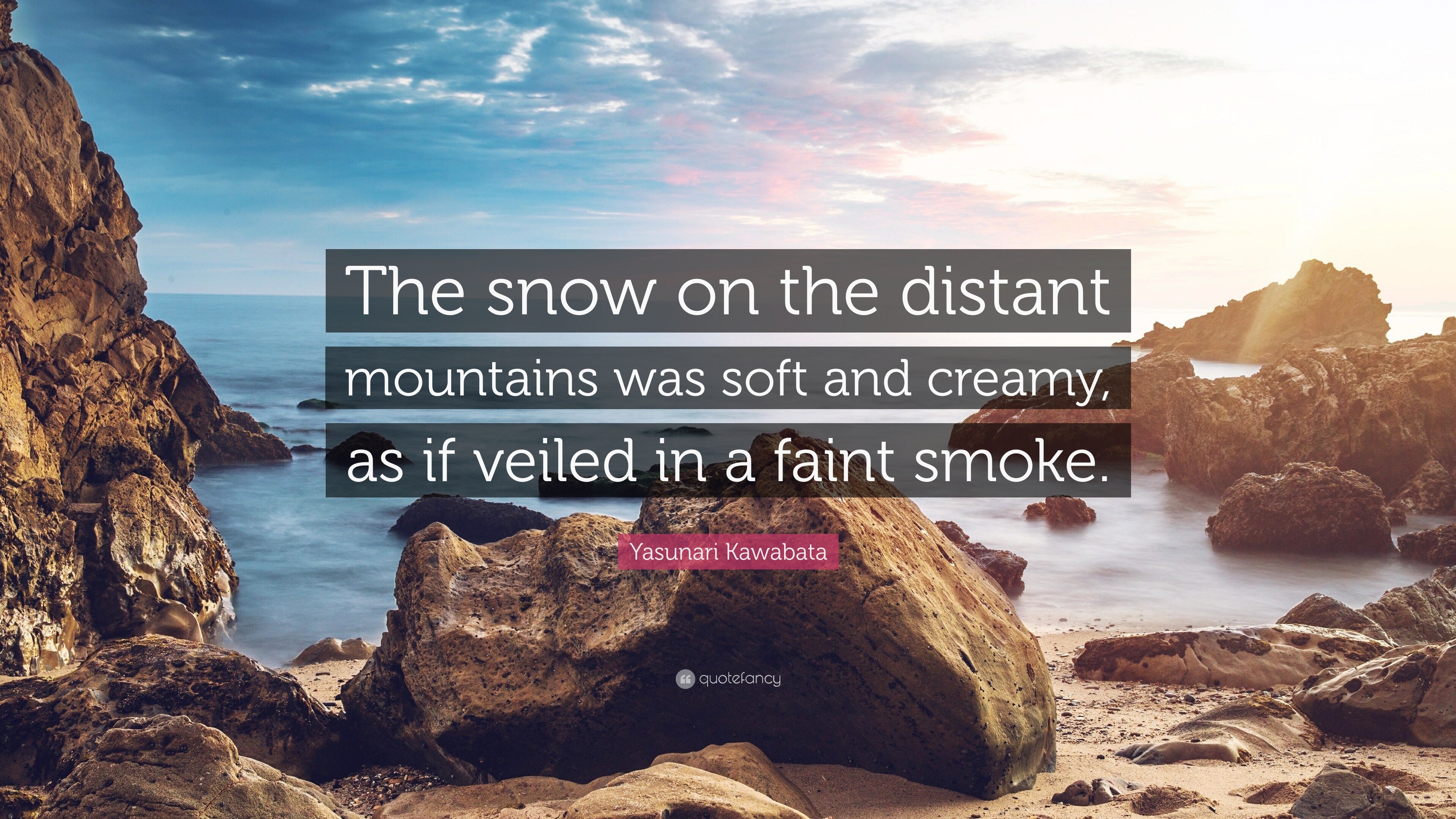

It didn't appear as a complete book in its present form until 1948. Snow country has a complex writing history - Kawabata tinkered with it over a lengthy period from 1935 onwards, publishing bits of the story in a least five different journals in the process. In Snow Country Kawabata has chosen a theme that makes a meeting between haiku and the novel possible." It was an interesting book but I'm not going to be rushing out to find other novels by Kawabata. The manner is notable for its terseness and austerity, so that his novel must rather be like a series of brief flashes in a void. The introduction (written by someone only denoted by the intials E.G.S.) alludes to this saying "The haiku manner presents a great challenge to the novelist. The writing is exquisite but understated much like a haiku.

Kawabata won the Nobel Prize for Literature and the jury mentioned Snow Country explicitly in their citation. It's a very complicated life for all the characters. And while Komako spends a lot of time with Shimamura she also, on occasions, refuses to stay with him. Shimamura says when he was away from her he thought of Komako all the time but now that he is in the valley he seems to be interested in Yoko more than Komako. It is hard to say exactly what Shimamura and Komako feel for each other. She certainly seems to be unattached to him a young woman named Yoko spends far more time with him and after his death she visits his grave every day. She denies that the young man was her fiance but Shimamura has heard she was. Komako tells Shimamura that she became a geisha in order to pay the medical bills of the son of a music teacher with whom she lived. She was not a geisha when they first met but by the second visit she had become one. Shimamura is a wealthy dilettante who comes periodically to the valley and spends time with Komako. People (well men mostly) come here to spend time hiking, skiing, partying and taking baths in the hot springs. This novel is set in a mountain valley quite far from Tokyo which gets abundant snow in the winter time. Even after reading this book I don't think I truly understand the reason women became geishas but it gave me a bit more of a glimpse of their life. She chooses who she will spend her time with and what she will do with that person. The geisha is supposed to be artistic as well as beautiful. Westerners really don't have an equivalent to the geisha perhaps the French with their mistresses come close but the geisha is not committed to one man.

Or at least there was at the time this book was written which was (mostly) prior to World War II. As I read this book I couldn't help reflecting on the large gap between Eastern and Western cultures.


 0 kommentar(er)
0 kommentar(er)
